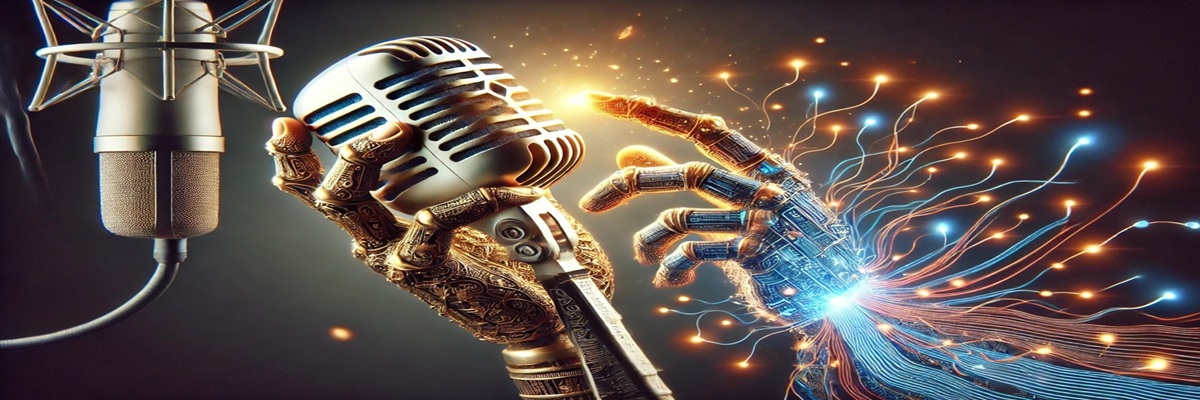As artificial intelligence continues to reshape creative industries, voice actors are finding themselves at a pivotal moment. While AI-generated voices are becoming increasingly common in tech devices, audiobooks, and commercials, the demand for genuine human emotion remains strong. The future of voiceover work may not be about competing with machines—it may be about leaning even further into the artistry only humans can provide.
The Story Behind “Bluetooth Lady”
Recently, the story of Kristen DiMercurio captured public attention when it was revealed she is the voice behind countless Bluetooth devices and household gadgets. Her voice, heard millions of times around the world, became so widespread that many mistakenly believed their devices were speaking with the same personality. DiMercurio’s work is a reminder that a single voice can create real familiarity and connection, even in something as utilitarian as a speaker or smart device.
Beyond her viral fame, DiMercurio offered insights about the evolving role of voice actors in an AI-dominated era. She suggested that while automation may take over more basic narration tasks, authentic storytelling and emotional performances will still require a human touch.
AI’s Growing Presence in Voiceover Work
The rise of AI-generated voices has sparked a wave of concern across the voice acting community. With technology now capable of cloning voices, generating dialogue, and narrating text with surprising realism, some fear that traditional voiceover work could diminish.
However, the true challenge for AI lies not in mimicking sound, but in replicating the nuances of human emotion. Voice acting isn’t just about speaking lines—it’s about interpreting emotions, reacting in real time, and bringing depth to characters and messages. These are qualities that remain out of reach for even the most advanced AI systems.
Actors who can deliver performances filled with authentic emotion, subtle imperfections, and natural rhythm will continue to offer something that technology cannot replicate.
Voice Actors as Artisans in a New Era
As AI becomes more common, there’s a growing belief that the role of voice actors will shift rather than disappear. Instead of being seen simply as service providers, voice actors may increasingly be recognized as artisans—specialists brought in to craft performances that connect with audiences on a deeper level.
DiMercurio noted that voice actors who focus on storytelling ability, emotional depth, and creative interpretation will continue to find strong demand. These human elements will be especially crucial in industries like video games, animation, commercials, and podcasts, where emotional engagement is central to the experience.
Why Authentic Performances Will Always Have Value
Audiences can often sense when a voice feels real—and when it doesn’t. The spontaneous catch in a breath, the subtle tremor during a heartfelt confession, or the natural timing of a laugh are all signals of genuine human experience. These imperfections, far from being flaws, are often what make performances unforgettable.
Projects that seek to inspire, entertain, or emotionally move audiences will continue to rely on real human performers. Brands, storytellers, and studios understand that connection comes from authenticity, not mechanical perfection.
As technology continues to advance, the value of human authenticity may only grow stronger.
A Future Built on Real Emotion
While AI will continue to play a larger role in areas like narration and automated dialogue, the heart of storytelling still belongs to human voices. The voiceover industry is not disappearing—it is evolving. Performers who embrace their ability to convey deep, authentic emotion will stand out even more in a world filled with mechanical precision.
It’s not about competing with AI on speed or volume. It’s about offering what technology cannot: humanity, creativity, and connection. As audiences seek experiences that move and inspire them, the most lasting voices will be the ones that feel real.

